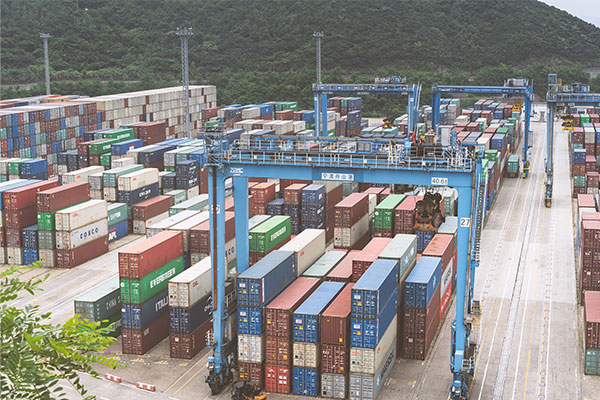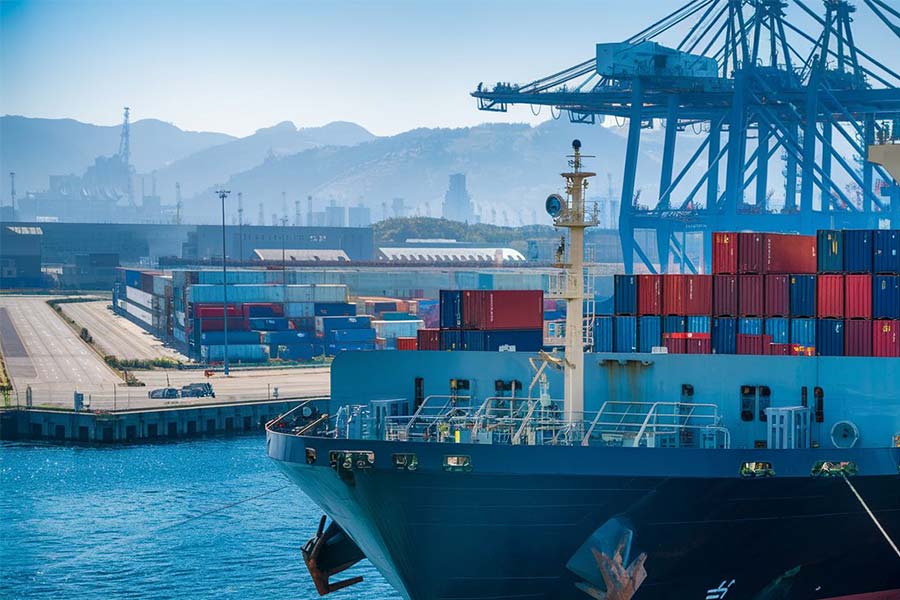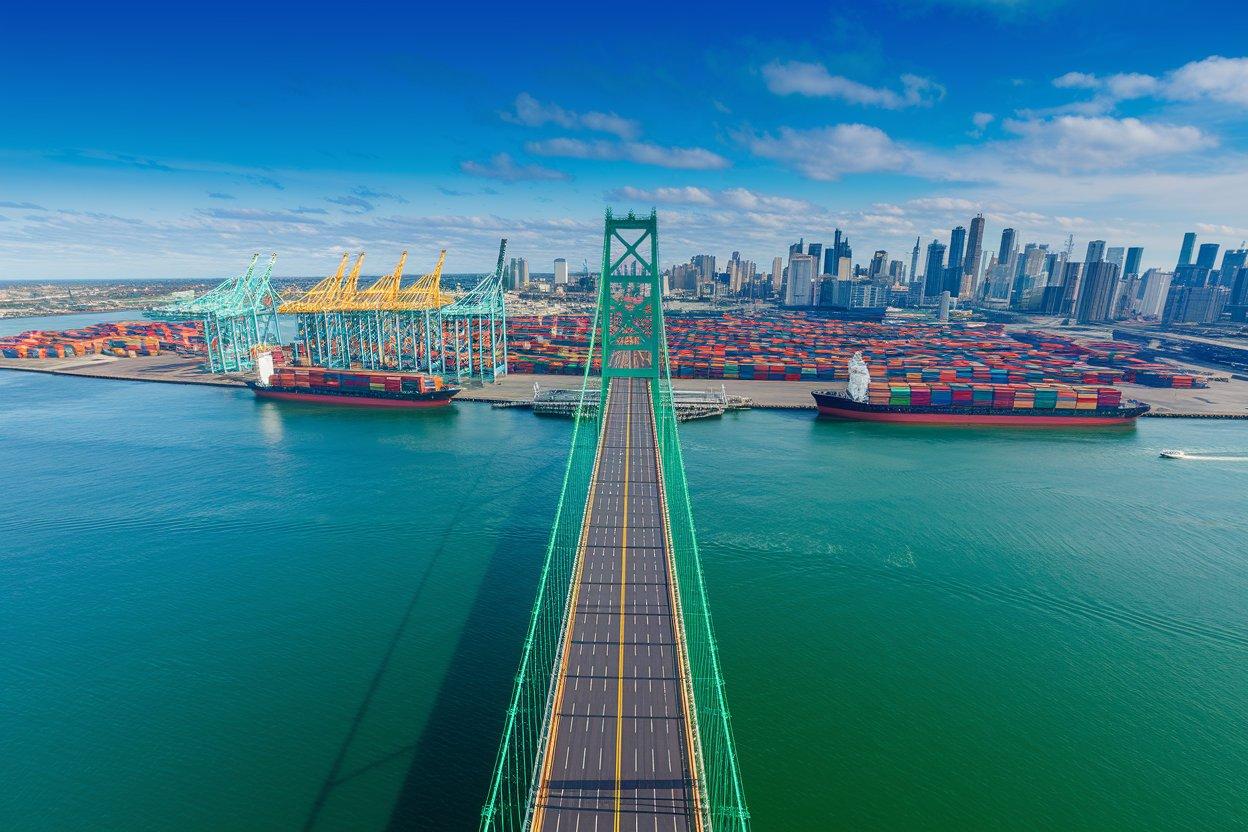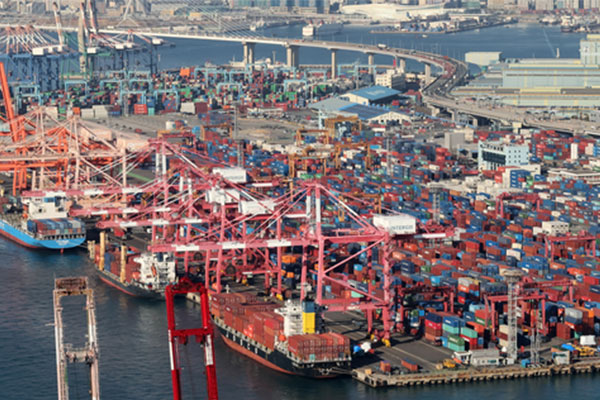- 20 Years of Expertise in Import & Export Solutions
- +86 139 1787 2118
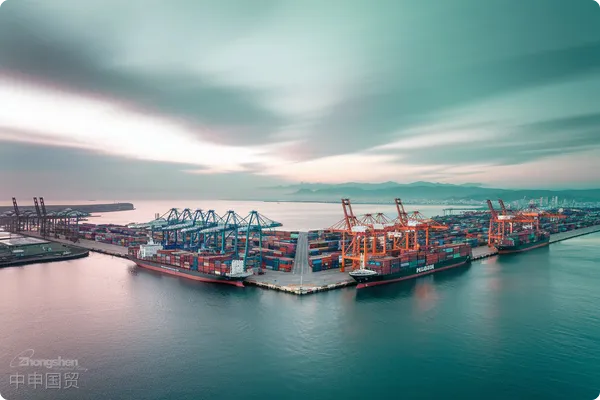
What are the types of standards for advance payment tax refund agency fees?
The mainstream pricing models in the current market can be broadly categorized into three major types:
- Fixed Rate System: Charged at 0.8%-1.5% of the export amount, applicable to standardized small and medium-sized orders.
- Tiered Fee System: Below $1 million at 1.2%, $1-5 million at 1.0%, and above $5 million at 0.8%.
- Comprehensive Cost System: Includes service fee (0.5%-1.2%) + advance interest (LPR+2-3%) + exchange rate difference (0.3%-0.8%)
Calculation formula: Tax rebate amount = (Invoice amount × Tax rebate rate) - Agent service fee?Equipment Export?The case shows: A $5 million order using the comprehensive cost system resulted in total savings of $21,000 compared to the fixed-rate system.
2. What factors may affect the agency fee amount?
- Trade Compliance Risk Level:
- An additional 0.3% risk deposit will be charged for sensitive items.
- Emerging market countries impose an additional 0.2% credit investigation fee.
- Fund utilization cycle:If the tax refund period exceeds 90 days, an additional 0.1% will be charged for every 15-day extension.
- Foreign exchange settlement methods: Forward?L/C?An additional 0.15% exchange rate hedging fee is required for settlement.
III. How to Identify Hidden Fees?
2025 industry research shows that 68% of?Foreign trade?The company has encountered hidden fees before, so special attention is required:
- Document Authentication Fee (200-800 RMB per document)
- Abnormal declaration handling fee (starting from 2,000 RMB per instance)
- Bank channel fee (0.05%-0.1%)
It is recommended to require the agent to provideFull Cost List, with a focus on verifying whether inland transportation fees under EXW terms have been double-charged.
IV. Is the buyout exchange rate model really more cost-effective?
Against the backdrop of heightened exchange rate fluctuations in 2025, it is essential to prudently select settlement methods:
- Real-time exchange rate mode: Suitable for exporters expecting RMB appreciation
- Hedging mode: Pay a 0.3%-0.5% hedging margin, suitable for commodity trading.
- Combination Model: 30% hedging + 70% floating, balancing risk and return
A textile exporter adopted a dynamic hedging strategy, reducing annual exchange rate losses by 37.5%.
5. How will policy changes in 2025 affect fees?
- VAT refund digitalization: Reduce operational costs by 0.1%-0.2%
- Customs AEO certification requirements: Compliance costs increased by 0.05%.
- Pilot program for cross-border RMB settlement: Save 0.3%-0.5% on foreign exchange costs
It is recommended to periodically request the agent to provide.Policy Impact Assessment Report, with particular focus on the cost optimization potential of the "offshore trade" settlement model in free trade zones.
? 2025. All Rights Reserved.

